We last talked about the benefits and challenges of eLearning. Next, let’s turn our eyes forward to the eLearning trends currently on the rise and what eLearning might look like in the future.
mLearning
mLearning, or mobile learning, is the use of mobile devices (smartphones, tablets, etc.) as a means to access and distribute knowledge. The concept is nothing new; mLearning has been growing in popularity since the rise of smart devices. And it will continue to grow: the worldwide mobile education market is expected to grow from US $7.98 billion in 2015 to US $37.6 billion by 2020. As we move increasingly towards mLearning, the method in which we distribute learning online needs to shift; with not necessarily a focus on but rather a consideration of the various platforms in which students engage with learning materials.
Gamification
Gamification (or game-based learning) is another eLearning trend that is currently on the rise and expected to remain on a fast-moving trajectory. Gamification is the integration of gaming mechanics into learning strategies. This can be as simple as introducing completion badges as evidence of accomplishment, or as intricate as an immersive experience (AR/VR) that feels like a game but has clear learning goals. When done right, gamification can be a great way to retain information and increase engagement.
Microlearning
Microlearning is exactly as it sounds: the distribution of knowledge in small, specific bursts. Rather than a potentially lengthy linear-based program, learning is broken up into bite-size pieces so students can quickly and easily find the information they need in the moment and apply it in real-time to their work. The most common format for microlearning is video, but podcasts, job aids, and even social media can fall under the microlearning umbrella if used correctly.
Social learning
Adult learners bring a breadth of wisdom to the table and want to learn from others’ experiences as well. Social learning is learning with and from others. Like mLearning, the idea of learning from your peers is certainly not a new one; if you’ve ever picked up a tip or trick from a colleague over a cup of coffee or on Twitter then you’ve probably engaged in social learning. But organizations are realizing the power of social learning as a means to supplement formal learning and engage learners in a new way. More and more organizations are offering informal platforms where their learners can collaborate, exchange ideas, and learn from each other. Look forward to an upcoming blog post dedicate to this subject!
MOOCs
In May of 2012, Harvard University and Massachusetts Institute of Technology (MIT) introduced the Open Learning Initiative (edX). This initiative aimed to make course material from both schools available for free (or at a reduced rate) to a global audience. As of December 2016, edX has about 9.9 million students worldwide taking more than 1,270 courses online.
edX is an example of Massive Open Online Courses (MOOCs), courses that are offered to large audiences fully online. The sheer volume of participants alone speaks to the evolving nature of eLearning. In eLearning’s infancy, MOOCs would not have been possible, simply due to limited technology and people’s access to it. Now, it’s being adopted by higher education across the world.
Finally, a caveat
These are the current trends and projections based on what’s happening now in 2018. The future of eLearning might look something like this or it might look totally different. For now, it’s just fun to guess.
What comes next?
Next month’s topic is How We Learn. We’re going to take a closer look at what goes on in the brain when we learn.
Tell us…
Where do you see eLearning going in the future? Send us an email, connect with us on Facebook, or tell us about it on Twitter @CHA_Learning. You might see your idea in a future post!
Sources
eLearning Market Trends and Forecast 2017-2021. (2016). Retrieved December 10, 2017, from https://www.docebo.com/
EdX. (n.d.). Retrieved January 10, 2018, from https://www.edx.org/
Harvard and MIT Put $60-Million Into New Platform for Free Online Courses. (2012, May 2). Retrieved December 10, 2017, from https://www.chronicle.com/blogs/wiredcampus/harvard-and-mit-put-60-million-into-new-platform-for-free-online-courses/36284
Rosen, D. (2017, July 19). ELearning Future: What Will eLearning Look Like in 2075? Retrieved December 10, 2017, from https://elearningindustry.com/elearning-future-what-will-elearning-look-like-2075
The Future of Massively Open Online Courses (MOOCs). (2017, March 23). Retrieved January 10, 2018, from https://www.forbes.com/sites/quora/2017/03/23/the-future-of-massively-open-online-courses-moocs/#4d1929706b83
Transforming Learning Through mEducation. (2012). Retrieved January 10, 2018, from https://www.mckinsey.com
Bite-Size Revlution with Microlearning. (2017). Retrieved January 10, 2018, from https://elearningindustry.com/
Pandey, A. (2017, December 21). Why You Should Adopt Social Learning. Retrieved January 11, 2018, from https://elearningindustry.com/why-you-should-adopt-social-learning





